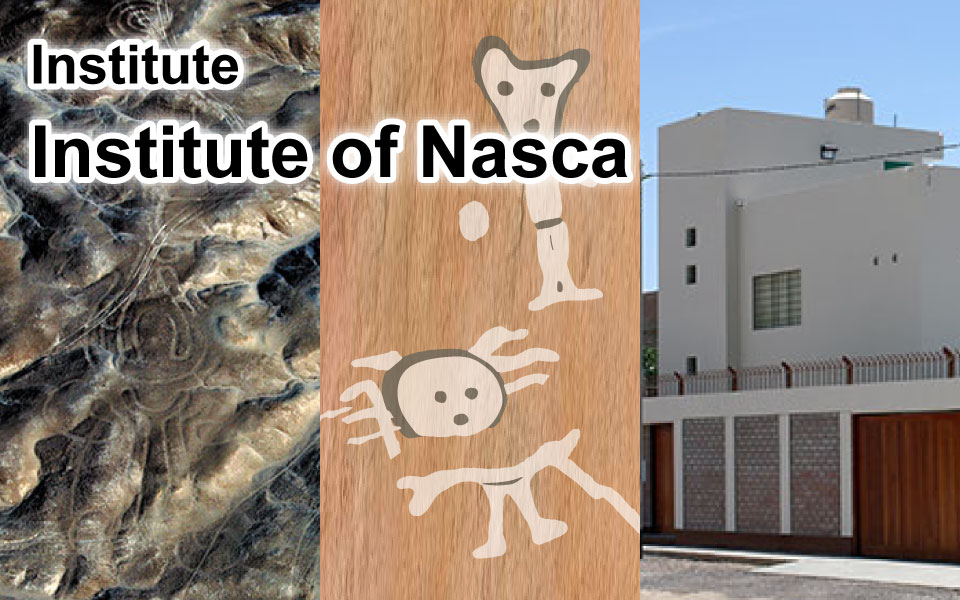
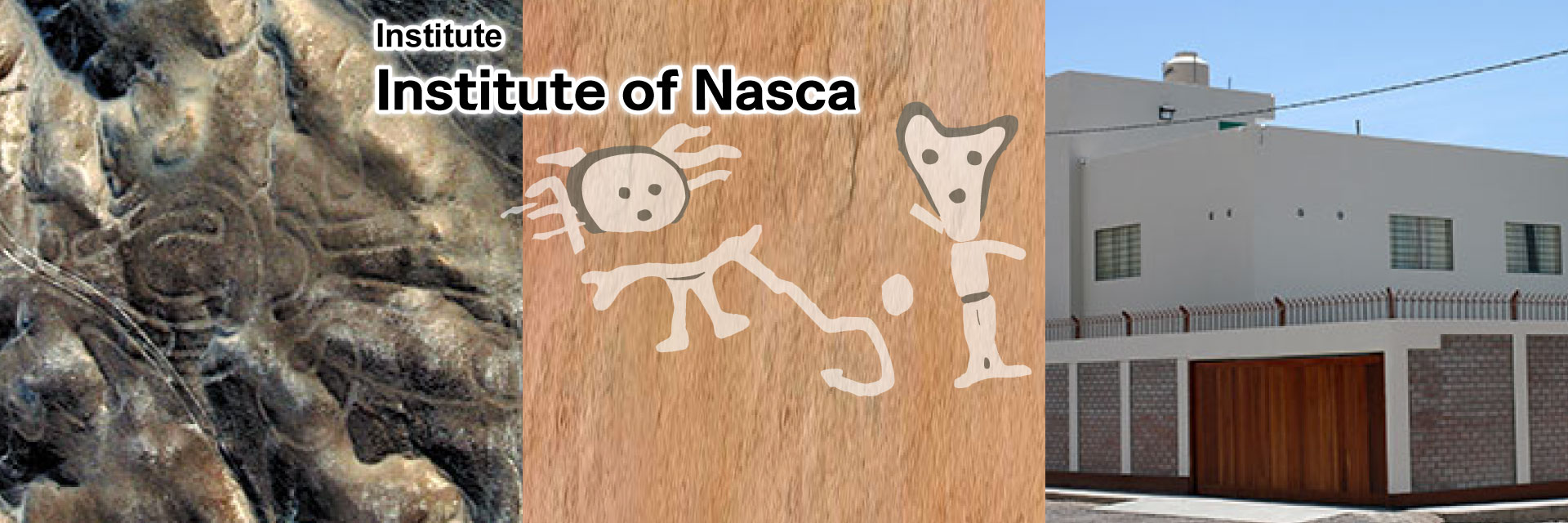



Home > Institute > Institute of Nasca
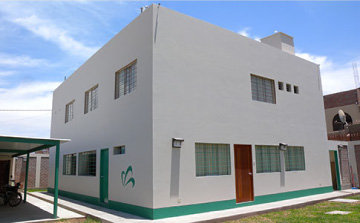
The study of the world heritage Nasca Lines (in the Republic of Peru in South America) is an international joint research project that scholars from Japan, Peru, and other countries carry out together through Yamagata University. It aims to interpret the meaning of the Nasca Lines from interdisciplinary perspectives, and thus specialists in anthropology, archaeology, geography, psychology, information science, conservation science, zoological science and chronology are all currently participating in the research. They, in collaboration with the government of the Republic of Peru, help contribute to the conservation of this world heritage site. This study began in an attempt to grasp how the geoglyphs were distributed on and around the Nasca pampas. Since the pampas covers a vast area of approximately 20 km from east to west and about 15 km from north to south, previous studies failed to provide a comprehensive inventory of the geoglyphs mainly due to the methodological difficulties of the time. We have been studying where, what kind of geoglyphs, how many are found, and what kind of human activities were carried out there by implementing steady investigations on the ground, as well as making use of high resolution satellites images.
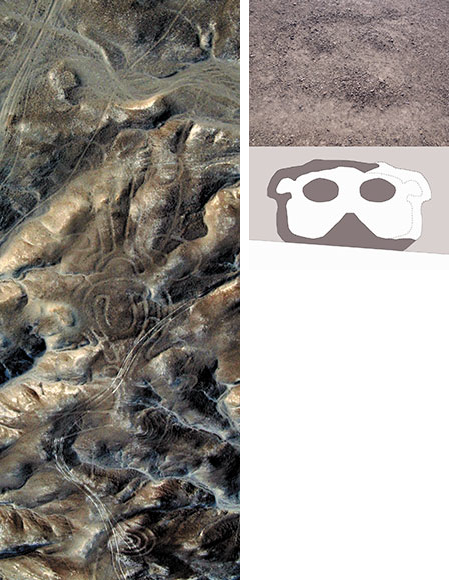
The team discovered a new, 60-meter long geoglyph by scrutinizing the images of the Nasca pampas taken from satellites. The presence of hind legs in the iconography led the team to hypothesize that it is some kind of animal. Meanwhile, another new geoglyph of a human head (about 4m x 3m) was discovered through surface study at the plateau.
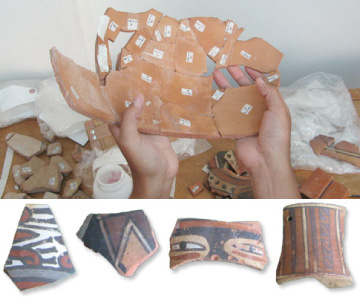
The Yamagata University team is conducting investigations on the Nasca pampas where the world heritage Nasca Lines are found. A large quantity of pottery shards and stone artifacts can be observed on the surface. They are believed to have been left behind by the people who utilized the geoglyphs. The Yamagata University Institute of Nasca continues to use their current research to analyze the discard patterns and stylistic variations of these artifacts for the purpose of understanding the functions of the various geoglyphs and lines.

Close ▲